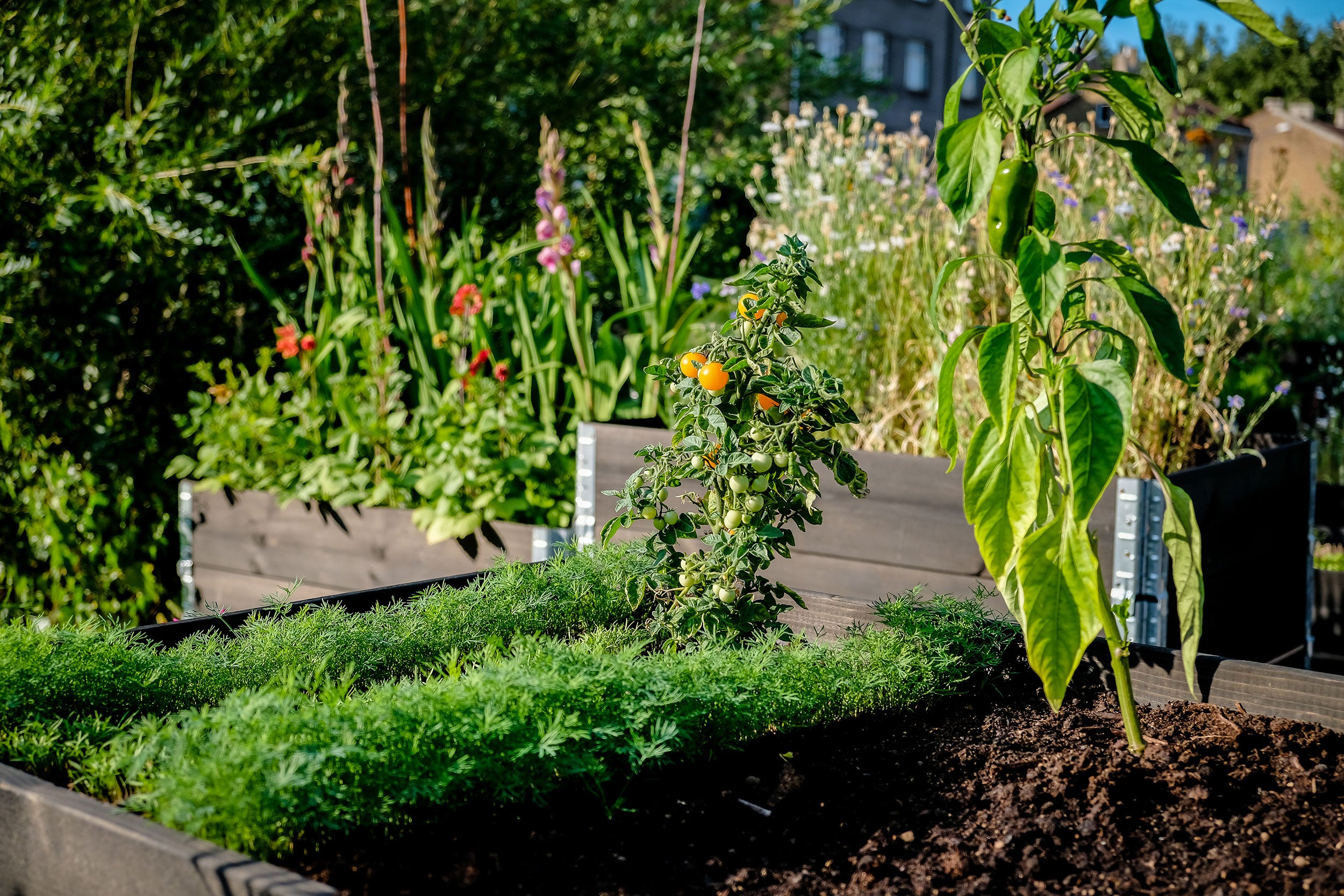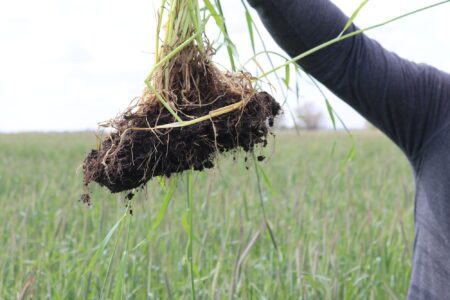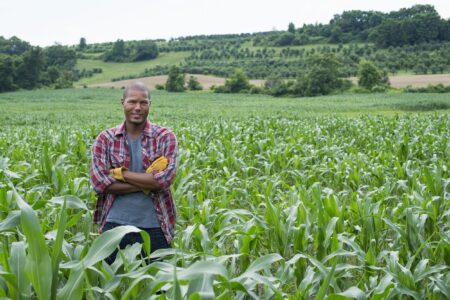Ever imagined your toilet flush could fertilize a tomato? A new life cycle assessment from a research team in Barcelona makes a surprisingly strong case that our urine could someday replace a significant portion of synthetic nitrogen fertilizer in urban agricultural methods.
In a world contending with fertilizer scarcity, resource-heavy production methods, and the environmental toll of fertilizer overapplication, the idea of pee-powered produce isn’t just ecological poetry, it might actually be a practical pathway forward.
The global demand for nitrogen fertilizers is growing steadily, according to the Food and Agriculture Organization of the United Nations, and conventional production via the Haber-Bosch process is one of agriculture’s least-efficient, most carbon-intensive steps. It’s also heavily reliant on fossil fuels, contributing about 1.6 percent of global CO₂ emissions annually.
Meanwhile, the majority of nitrogen flushed down our toilets — especially in high-density urban areas — gets denitrified or diluted in centralized wastewater treatment plants, wasting both the nutrient and the energy used to remove it. That’s where source-separated urine, or “yellow water,” enters the equation.

Urine comprises just 1 percent of wastewater by volume, but it carries up to 80 percent of its nitrogen, making it a high-impact target for recovery. The study, published in Resources, Conservation & Recycling, assessed three approaches to managing yellow water in a LEED-certified building in Catalonia, Spain, using life cycle assessment (LCA) modeling to weigh environmental tradeoffs.
The researchers compared:
- S1: A constructed wetland that treats wastewater on-site via a plant-based biofilter.
- S2: An aerobic bioreactor, a lab-scale system that nitrifies urine into liquid fertilizer.
- S3: A centralized wastewater treatment plant as the standard “flush-and-forget” model.
Scenario S2 was the only system that recovered nitrogen for reuse — a win for circularity — but that advantage came with a cost: higher impacts in 6 of 8 LCA categories, especially on energy demand and ecotoxicity. Its net climate impact? Around 59 kg CO₂-eq per cubic meter of treated urine, versus 40 kg CO₂-eq for synthetic nitrogen … not quite a full environmental payback.
But here’s where things get interesting: scale the system up, and that payback period drops sharply — from 29 years at lab scale to 13 years when expanding recovery to all six urinals in the building. In other words, size (and user participation) matters.
So, does this mean rooftop tomatoes nourished by building occupants are the future of urban farming? Possibly. The reactor was able to generate enough nitrogen to fertilize 2.3 times the yearly nutrient demand of the building’s integrated rooftop greenhouse. Extrapolated across large buildings or campuses, that’s a compelling decentralized nutrient loop — one with less storage, less transport, and less synthetic input.


But, as the authors make clear, this system is no free lunch. The bioreactor’s high electricity demands — mostly from aeration and pH regulation — make it heavily dependent on the energy mix. Switch to renewables or a more efficient turbine system, and the net CO₂ impact could improve dramatically. Otherwise, it’s an ecological tradeoff that’s difficult to justify at scale.
There’s also the matter of social adoption: Collecting urine at scale requires both infrastructure and user buy-in. The ICTA-UAB team removed chemical odor barriers from urinals to harvest uncontaminated urine — a move met with some skepticism but, in this trial, little user resistance. Still, any full-scale deployment will need to address odor control, hygiene perceptions, and behavioral design.
What this study really offers is not just a quirky look at “pee as plant food,” but a prototype for how buildings can close their own nutrient loops. Instead of linear flows — resource in, waste out — we’re seeing the early mechanics of urban metabolic cycles.
This doesn’t mean conventional fertilizers disappear overnight. As with bacterial inoculants in maize or biochar soil amendments, the goal isn’t wholesale replacement — it’s thoughtful supplementation that chips away at environmental costs.
Could nutrient recovery from urine be the next major sustainability lever in cities? If paired with urban agriculture systems like vertical farms or rooftop greenhouses, absolutely. But realizing that potential means bridging biology, design, and human psychology — not to mention making peace with the idea that your salad may have started in someone else’s restroom stall.
Nature, as always, is wildly efficient and frequently gross. But that combination might just be our best bet for sustainable food systems. The future of fertilizer may not be synthetic, but it may be a little weird … at least at first.
Leah Elson is an American scientist, author, and public science communicator. She has two pit bulls and sixty-eight houseplants.


:max_bytes(150000):strip_icc()/GettyImages-1502213574_skynesher_preview-9186befd9e4a40eba139ec6fab3da687.jpg)
:max_bytes(150000):strip_icc()/scottkuegelcalf-a35880b4bb2542b68a17ccc5e11e8352.jpg)
:max_bytes(150000):strip_icc()/2208-05-067_farm_grain_bin_silo-a7f4745ca8d94788a0379f2ba0bde746.jpg)








